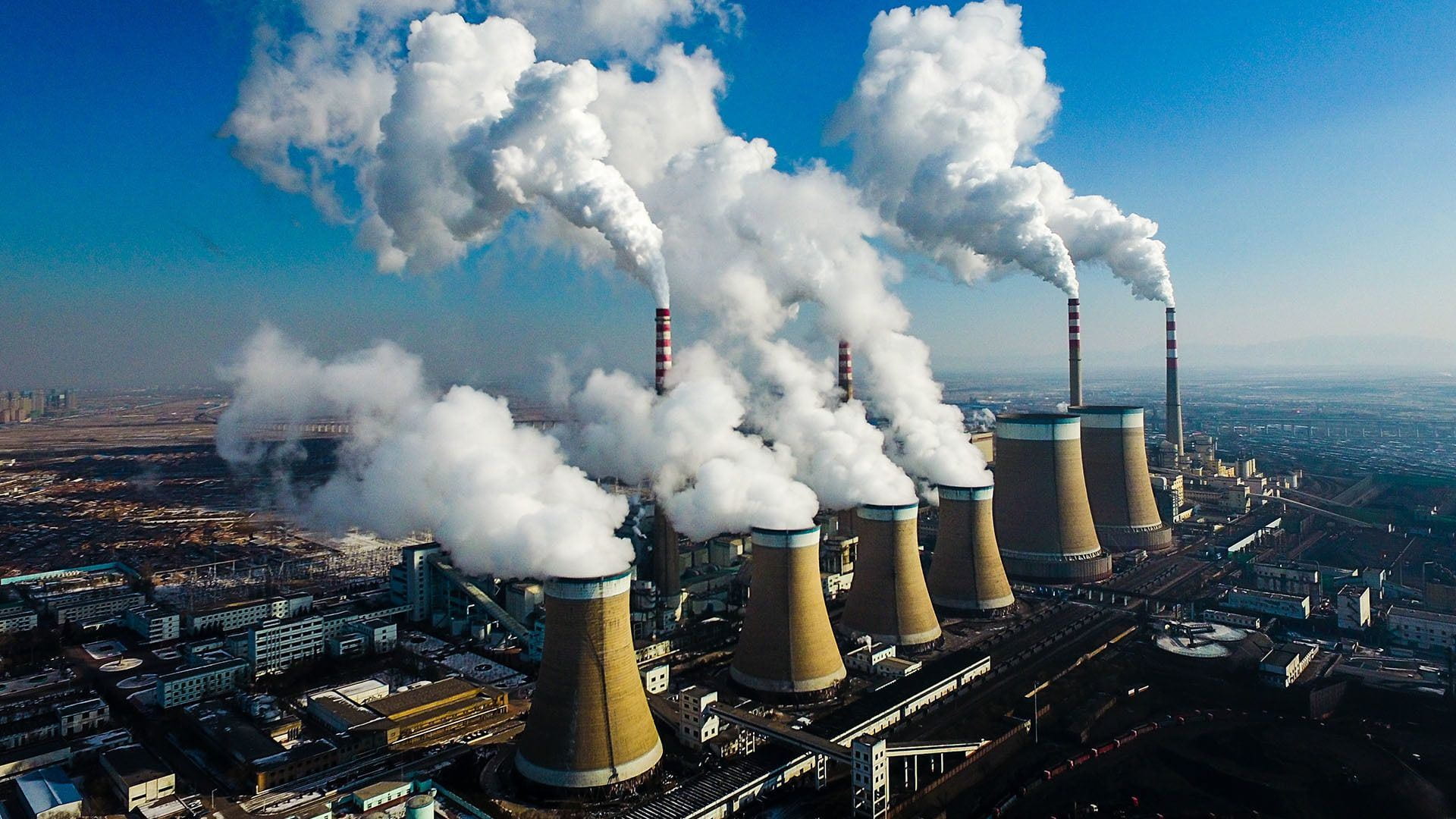My Personal Experience
It’s been for 5 years in my life that I live in a country where is located in Mediterranean coast and I felt a paramount difference in quality of life in the sense of what you breathe into your body and lungs. All my life until reach 18 years old, I lived in a Russian city which is a place for many defense factories and chemical plants, and that city is also a leader in statistics list for cancer incidents among other Russian cities. I was sick more often that is should be for a young man who has no chronic and/or severe disease. During these 5 years of my life on a Mediterranean coast free from harmful emissions, my life has changed, and my immunity increased.
Air Pollution side effects on Health
Air Pollution is one of the most severe burdens that the society, the Government, the healthcare system and future generations have to face it. Irrespective of the social and governmental response to the issue, it still carries a lot of damage to public health and quality of life.
According to some studies, the burden of air pollution stands at the top as a deadly risk factor with cardiovascular diseases and smoking [1]. “Air pollution – the combination of outdoor and indoor particulate matter and ozone – is a risk factor for many of the leading causes of death, including heart disease, stroke, lower respiratory infections, lung cancer, diabetes, and chronic obstructive pulmonary disease (COPD)” and “Air pollution is one of the leading risk factors for death. In low-income countries, it is often very near the top of the list (or is the leading risk factor)”. Some other scholars highlighted special influences effects by increasing the chance of being exposed to lung cancer [2].
All of the facts mentioned above lead to some questions: which regions of the world exposed the most it and what is the trendline of it?
Question 1: Geography
Looking at the geographical analysis of the world regions exposed to air pollution issue are the ones which have one of the lowest levels of income among the population, such as Sub-Saharan Africa and South Asia.
Another analysis has the ratio of the metrics to be affected by for each region of the world, adding up as well the percentage of burden from tuberculosis incidents, as an example of respiratory infections.
Question 2: Trends
By looking at the trendline for each region of the world, we can surely say that the trends on air pollution exposure go on decline. Moreover, it is evident that there is correlation between high levels of pollution and incidence of tuberculosis.
Solutions to the problem: WHO Opinion
Some materials from the WHO propose solutions dedicated to two levels of responsibilities: the social and the Governmental ones [3]. In the social level, WHO recommends people to drive less a car, start recycling waste, using renewable energy resources at home, turning off electricity when it is not used, and finally, to start driving an electric vehicle [4]. In the Governmental level, to support the regulations on the low levels of emissions and usage of fossil fuels in the manufacturing sector and switching as well to the renewable energy sources, in order to reach the milestone of ending the issue by 2050.
Solutions to the problem: My Opinion
There is criticism of some of the suggestions that I would like to make. Electric vehicles do not actually decrease the environmental burden but instead overload the working capacity of electric stations and may lead to instabilities of electricity supply to households. Especially, if the stations work on fossil fuels, it evidently will have zero effect on improving the whole situation.
Speaking of choosing a vehicle type, it would be wiser to develop the complex structure of public transport (i.e. buses, subways, trams) that will have the capabilities to reach any point in a country and it is important for this to be affordable. This could be a solution because it will support large families where a car is in a high demand and using of other environmentally friendly vehicles such as bicycles would not much contribute to family.
In the sense of energy policies, the Government could also review options of building more nuclear plants to decrease the pollutions together with having high coefficient of effectiveness of producing energy. France is an example who managed to implement this concept in reality successfully.
Final Thoughts
Together with implementing the right governmental policies, it is extremely crucial to have high level of social responsibility in order to decrease the pollution. So, take a deep breath, go and fight for your future!
Reference
- Cancer Atlas (2017)- “Environmental and Occupational Exposures” Published online at The Canceratlas.cancer.org. Retrieved from: ‘ https://canceratlas.cancer.org/risk-factors/environment/‘ [Online Resource]
- Hannah Ritchie and Max Roser (2021) – “Air Pollution” Published online at OurWorldInData.org. Retrieved from: ‘https://ourworldindata.org/air-pollution’ [Online Resource]
- WHO newsroom, n.d.- “How air pollution is destroying our health” Published online at WHO.int. Retrieved from: ‘https://www.who.int/news-room/spotlight/how-air-pollution-is-destroying-our-health’ [Online Resource]
- WHO newsroom, n.d.- “How air pollution is destroying our health” Published online at WHO.int. Retrieved from: ‘https://www.who.int/news-room/spotlight/how-air-pollution-is-destroying-our-health/10-ways-you-can-fight-air-pollution‘ [Online Resource]

0 Comments